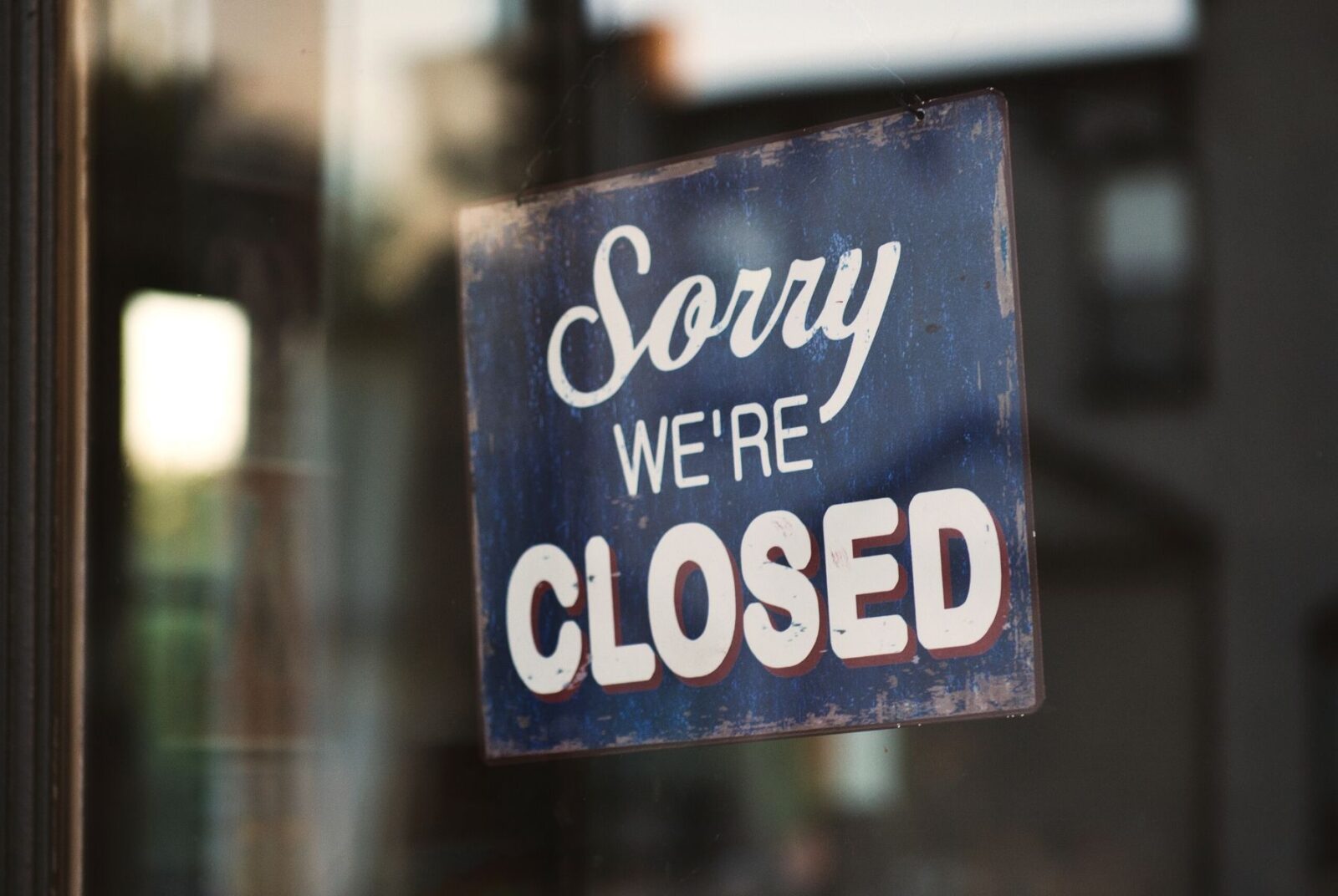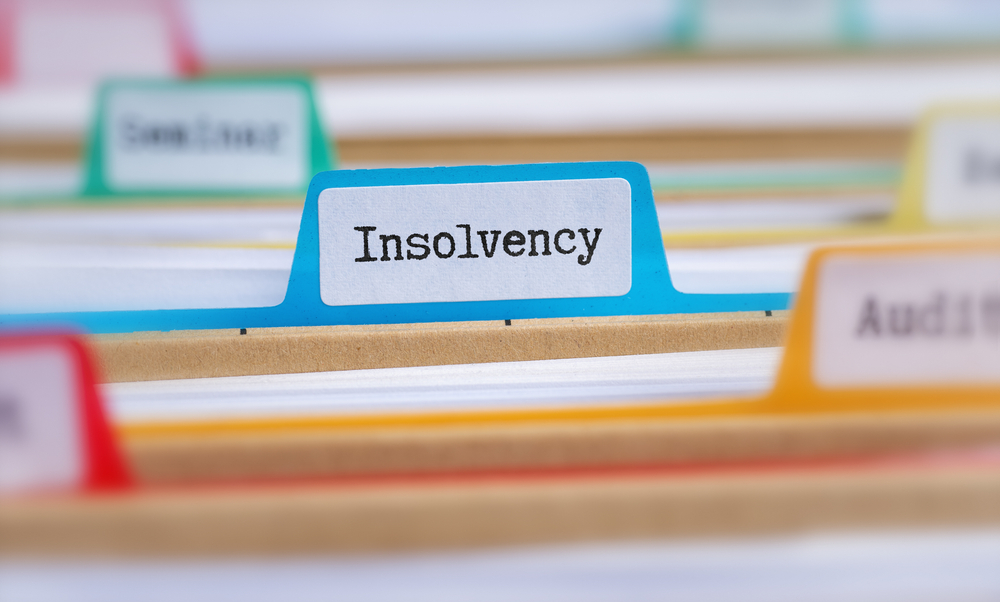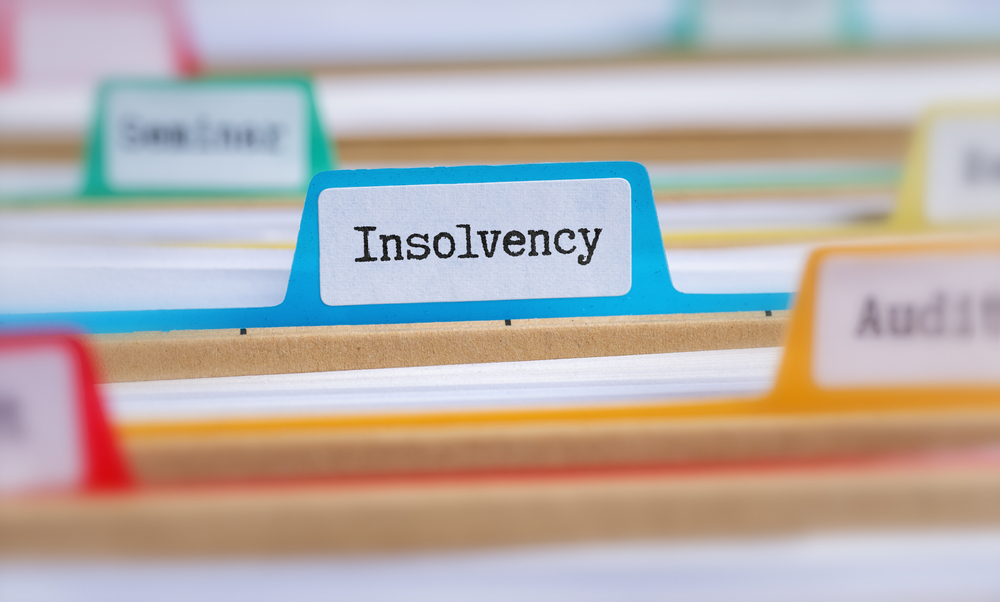
Guide to Creditors’ Meetings in Insolvency
- What is a Creditors’ Meeting?
- What Happens at a Creditors’ Meeting?
- Can Creditors Request a Face-to-Face Meeting?
- Creditor Meetings in Creditors’ Voluntary Liquidation
- Creditor Meetings in Company Voluntary Arrangement
- Creditor Meetings in Administration
- Creditor Meetings in Compulsory Winding Up
- Fixing an Insolvency Practitioner’s Fees
What is a Creditors’ Meeting?
A creditors’ meeting is a formal gathering of a company’s creditors to discuss its insolvency and determine the best course of action.
By attending, creditors can ensure that their interests are represented and protected. Furthermore, by connecting with other creditors, they can build a coalition to strengthen their position and negotiate more effectively.
Key decisions made at this meeting include appointing an insolvency practitioner, voting on proposals for debt repayment, and deciding the company’s future, which may involve liquidation, administration, or other restructuring options.
At its core, a creditors’ meeting serves several key functions:
- Information sharing: Providing detailed financial insights and updates.
- Decision-making: Enabling creditors to vote on crucial decisions about the company’s future.
- Questioning: Offering an opportunity to seek clarification from directors and insolvency professionals.
- Representation: Empowering creditors to influence the insolvency process and protect their interests.

What Happens at a Creditors’ Meeting?
Here’s what you can expect:
- Statement of Affairs: The meeting typically begins with the insolvency practitioner presenting a statement of affairs. This document provides a clear picture of the company’s financial position, including its assets and liabilities. It also provides insight into the factors that led to the insolvency.
- Discussion and Voting: Following this, there’s the opportunity to discuss and vote on proposed courses of action. This might involve considering a recovery plan or voting on liquidation proceedings. The insolvency practitioner will guide this process, ensuring fair and orderly voting.
- Questioning Directors: One key benefit of attending is the chance to question the company’s directors about the business’s failure. This is your opportunity to seek clarification on any concerns you may have.
- Next Steps: Finally, the insolvency practitioner will conclude by outlining the next steps, which could include plans for further meetings or asset realisation.
These meetings are typically brief, often lasting no more than an hour. While your attendance isn’t mandatory, we recommend participating if possible. It’s your chance to stay informed and potentially influence the proceedings. If you can’t attend, there are usually alternative ways to submit your vote or questions.
Can Creditors Request a Face-to-Face Meeting?
Yes, creditors can request a face-to-face meeting if they meet certain criteria. In both creditors’ voluntary liquidation (CVL) and company voluntary arrangements (CVAs), a face-to-face meeting can be convened if:
- At least 10% of creditors by number or value, or
- At least 10 individual creditors make a formal request for the meeting.
If these criteria are met, the insolvency practitioner will arrange a suitable venue and time, notifying all creditors in advance.
It’s worth noting that face-to-face meetings are now relatively rare. With the advancement of technology, virtual meetings have become more common and convenient, allowing creditors to participate from anywhere. However, if you believe a physical meeting is necessary, you retain the right to request one.
Creditor Meetings in Creditors’ Voluntary Liquidation
In a Creditors’ Voluntary Liquidation (CVL), a meeting of creditors, known as a Section 98 meeting[1]Trusted Source – Legislation.gov.uk – Insolvency Act 1986, Section 98, is a crucial step. Here’s what you need to know:
- Timing: Once the decision to liquidate is made, the creditors’ meeting is scheduled within 9 to 21 days, typically following the shareholders’ meeting. If it is not held immediately after, it must occur within 14 days.
- Purpose: Creditors can vote on whether to retain the appointed insolvency practitioner or choose an alternative. They can also establish a liquidation committee to facilitate communication with the insolvency practitioner.
- Voting: To be eligible to vote, creditors must submit proof of debt and, if necessary, lodge a proxy form. A resolution passes if approved by a majority in value of those present and voting, either in person or by proxy.
Creditor Meetings in Company Voluntary Arrangement
A Company Voluntary Arrangement (CVA) is a legally binding agreement between a struggling company and its creditors. Here’s what you need to know about the creditor meetings in this process:
- You’ll receive a detailed CVA proposal before the official meeting. You’ll typically have at least three weeks to evaluate it, ensuring you can make an informed decision.
- The meeting is usually conducted via video-conferencing and presided over by the insolvency practitioner. The practitioner will explain the proposal and answer your questions.
- The voting process involves two steps. First, at least 75% of creditors, by value of debts, must approve the CVA. Second, a simple majority (50% or more) of non-connected creditors must approve.
By accepting the CVA, you’ll forgo your right to take legal action against the company to recover debts. Consider whether the proposed reduced payments are preferable to potential outcomes in compulsory winding up.
If modifications are proposed, they require 75% majority approval. HMRC often proposes modifications to maximise their return.
After approval, the insolvency practitioner will produce a comprehensive report within four days, distributed to all unsecured creditors and the court, making the CVA legally binding.
Creditor Meetings in Administration
A creditors’ meeting is a crucial gathering of a company’s creditors held within 10 weeks of entering administration to discuss the company’s financial situation and vote on proposals for its rescue.
Key Points:
- Creditors can approve, reject, or modify proposals.
- A simple majority by value is required for approval.
- A creditors’ committee may be formed to assist the administrator.
- Progress reports are sent to creditors and the court every six months.
- Creditors have the right to request a meeting if 10% of them agree.
Creditor Meetings in Compulsory Winding Up
In a compulsory winding up, creditors can vote on the appointment of a liquidator and the formation of a liquidation committee. Only creditors who have submitted proof of debt can vote.
Key Points:
- Creditors can choose to replace the Official Receiver as a liquidator.
- A simple majority vote is required to pass a resolution.
- Creditors can request further meetings if 25% of them agree.
- The liquidator may also call meetings as needed.
- A final meeting is held to consider the liquidator’s report and approve their release.
Fixing an Insolvency Practitioner’s Fees
Creditors have the right to form a Committee of Creditors, a small group representing all creditors, to oversee and control the fees charged by an insolvency practitioner.
This committee has the authority to scrutinise and approve the practitioner’s remuneration, ensuring fees are fair and reflective of the work done. Without a committee, fees are typically accepted by deemed consent, meaning they go unchallenged unless disputed by individual creditors.
The primary sources for this article are listed below, including the relevant laws and Acts which provide their legal basis.
You can learn more about our standards for producing accurate, unbiased content in our editorial policy here.
- Trusted Source – Legislation.gov.uk – Insolvency Act 1986, Section 98
All Company Debt insolvency content is written by our licensed insolvency practitioners.
The primary sources for this article are listed below, including the relevant laws, and acts which provide their legal basis.








